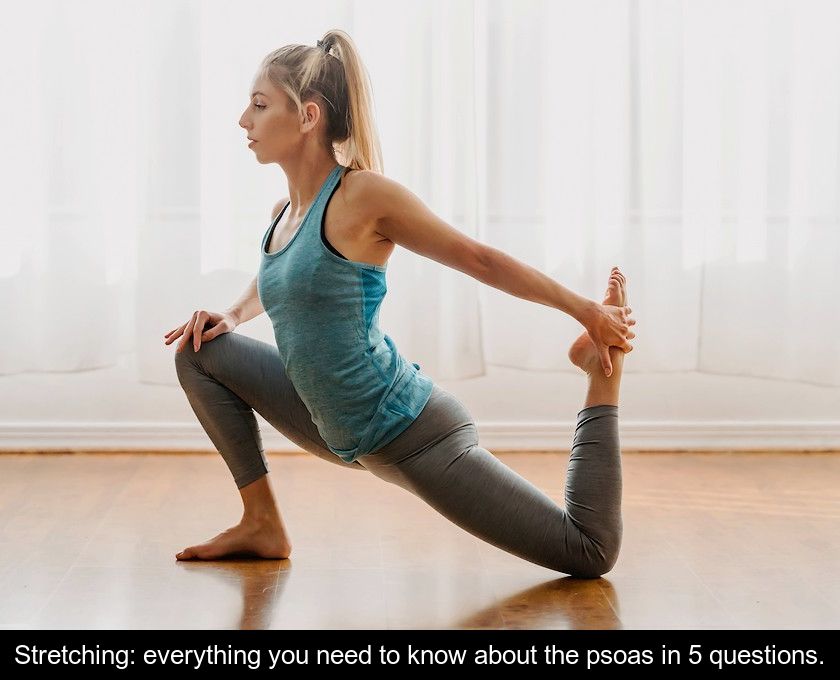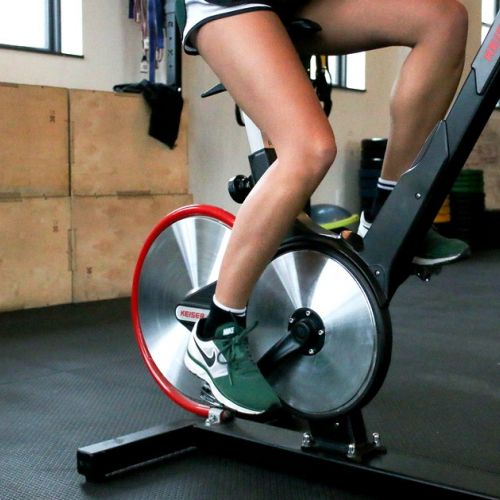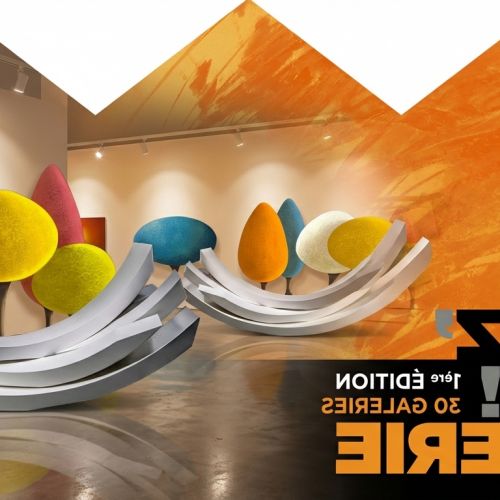Stretching: Everything You Need To Know About The Psoas In 5 Questions.
Little known muscle, the psoas plays an essential role in our physical and psychological stability. When it tenses up and blocks, it can cause pain in the hip, back or abdomen, hence the importance of stretching it regularly. We offer you to learn everything about the psoas in 5 questions.
"What is the psoas?"
The psoas is a small muscle that is often overlooked, which connects the upper and lower body. It plays a central role in our posture and in many everyday movements because it is what allows us to stand upright and walk.
As a hip flexor muscle, it allows us to bend the knee towards the chest to step over an obstacle or climb stairs. It is involved in running and many sports such as football or tennis.
This muscle also plays a role in flexing and rotating the lumbar vertebrae. It helps maintain the curvature of the lower back or lumbar lordosis and allows for movements of trunk flexion and rotation.
2- Where is the psoas located?
From an anatomical point of view, the psoas muscle is often discussed together with its neighbor, the iliac muscle. Together, they form the ilio-psoas muscle composed of two bundles.
This muscle originates from the lumbar curve, at the level of the D12 to L5 vertebrae, crosses the pelvis and attaches to the femur crest at the groin.
Due to its location near the body's center of gravity, it plays an important role in maintaining balance when we walk.
"Why is my psoas painful?"
It is not uncommon for the psoas to be painful because this muscle is heavily used in daily life for walking, lifting knees, running or even just sitting.
If one does not take care of their ilio-psoas by stretching it, this muscle becomes hypertonic, meaning too stiff. The stiffness of the psoas can be due to too much mechanical stress during sports activities such as running or prolonged sitting. Sedentary people who work in front of a computer, for example, keep this muscle contracted (i.e. shortened) throughout their workday.
If they do not practice stretching, the muscle will shorten, which accentuates lumbar lordosis. Because of this imbalance, the lower back is arched and pain appears in the form of a painful pinch or even a herniated disc!
"What are the pains associated with the psoas muscle?"
Due to its location and function, the psoas is often mistreated. When it tenses up, it exerts excessive pressure and causes pain in different areas.
The ilio-psoas is not always suspected, but it can be the cause of various pains:
• at the hip level
• at the lumbar level
• at the thigh level (the psoas is often the cause of sciatica because it surrounds a large part of the femoral nerve and can compress it)
• at the lower abdomen
• at the level of the rib cage because it is adjacent to the diaphragm and can limit respiratory capacity already compromised by stress and negative emotions.
Note: when this muscle becomes inflamed, the problem manifests itself as a sharp pain in the front of the hip at the groin crease. To remedy and prevent this contraction, it is sufficient to regularly stretch this muscle.





